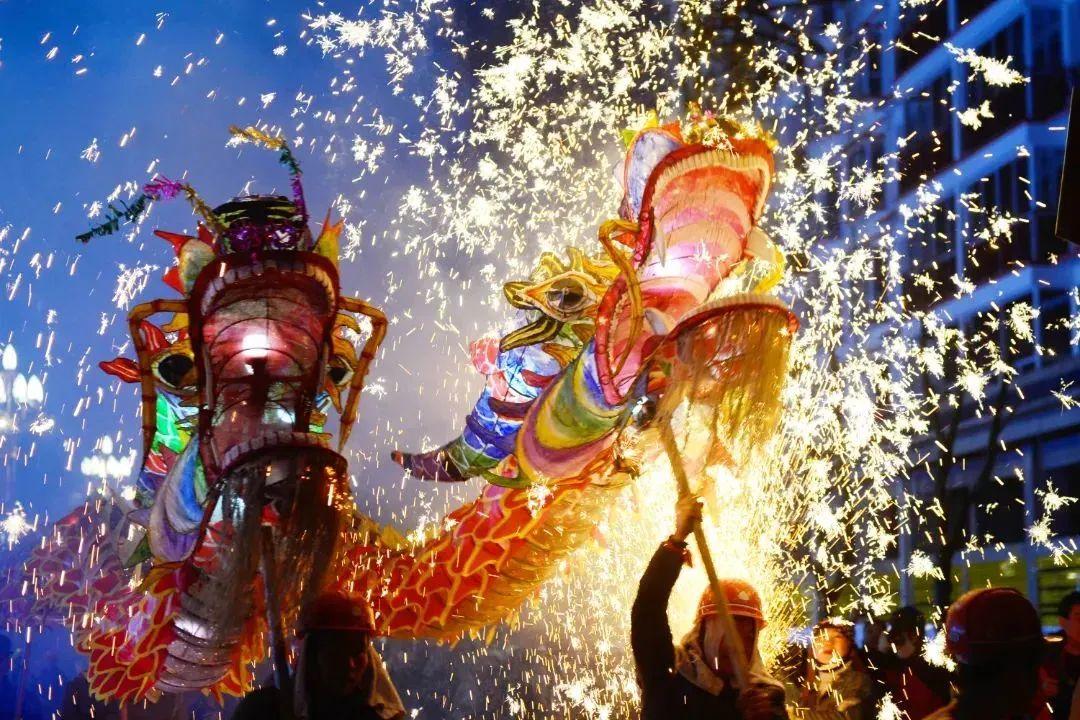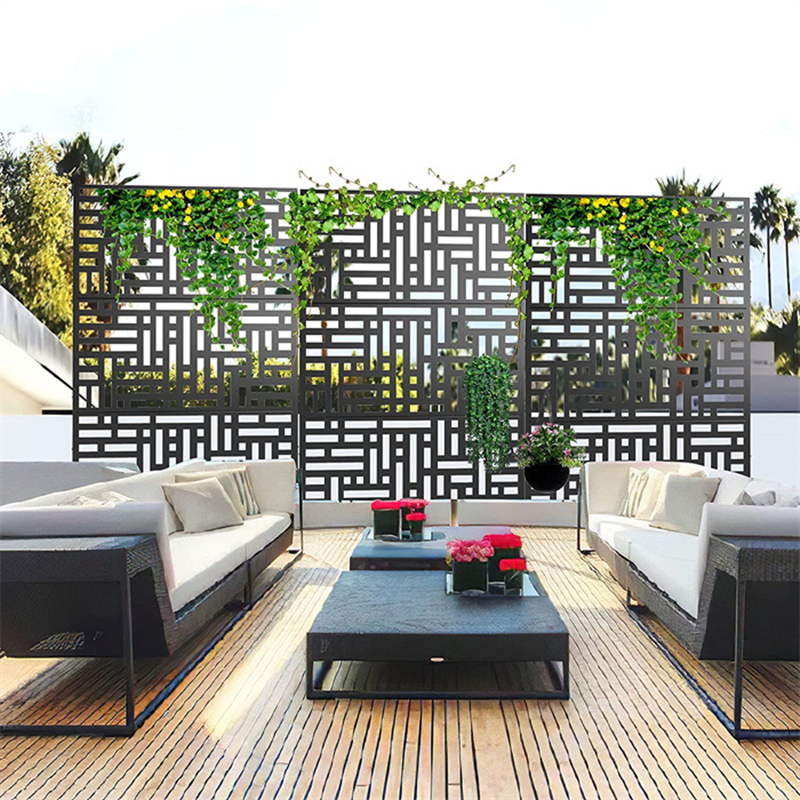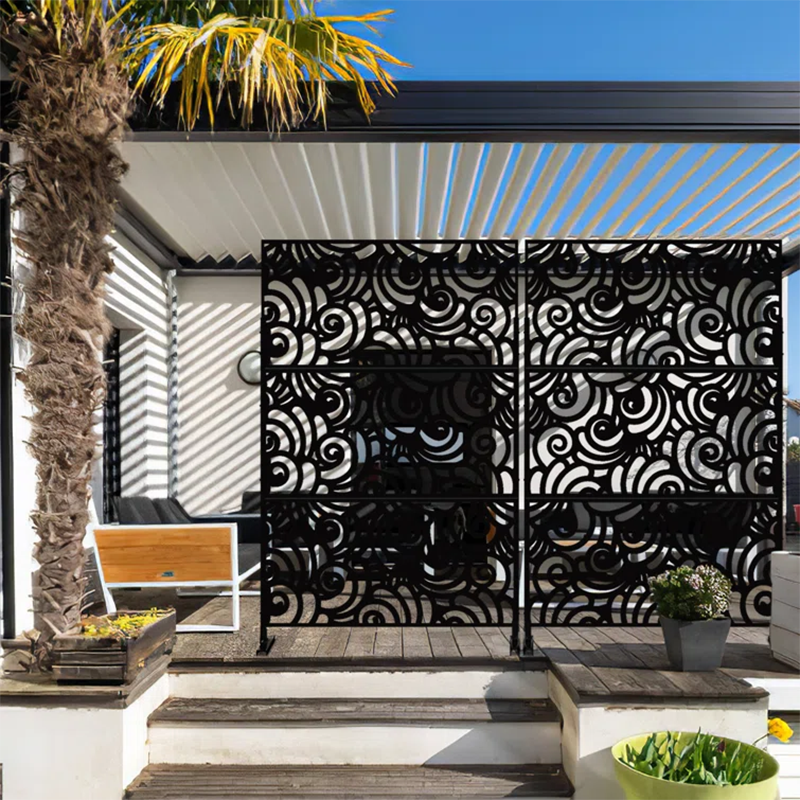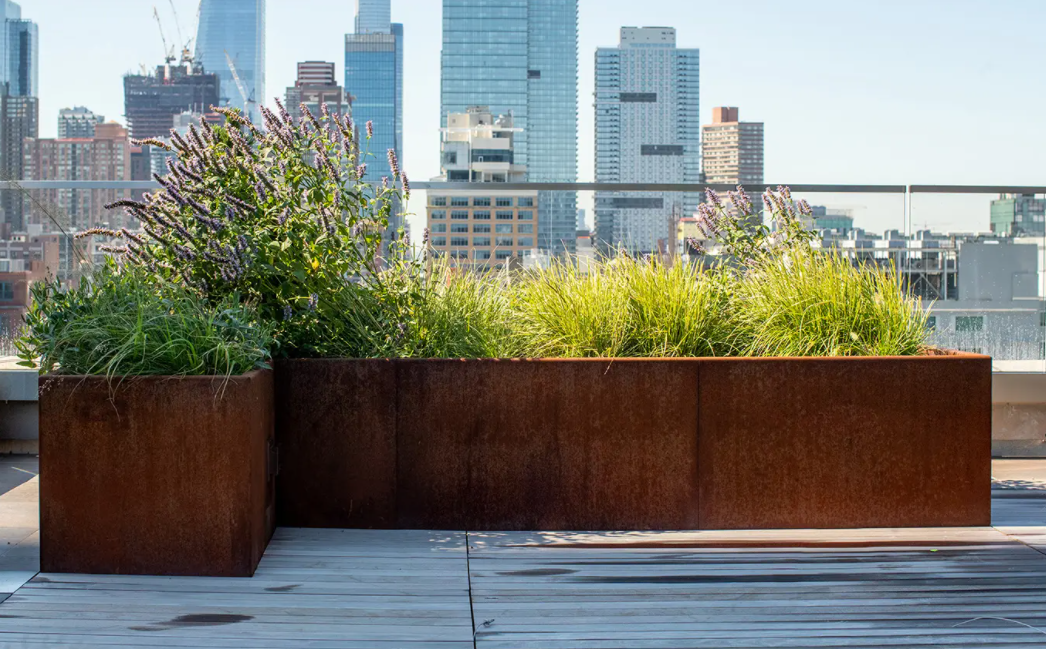Corten steel is known for its distinctive orange-brown color after completing the weathering process for several months. Because it's such a
strong color, it's hard to know what plants will combine with it. In this guide, we'll look at some color ideas that might work well with your corten steel flower pots, edges, retaining walls, and even water features.
The Color Wheel
First, a note on the color wheel, which is probably the domain of Garden design 101. Basically, it puts all the colors of the rainbow in a circle, with complementary colors (like orange and blue) facing each other and harmonious colors (like orange and yellow) next to each other. In general, complementary colors will bring more "pop" to your planting scheme, while harmony colors will do just that - more harmony.
Don't forget the leaves.
It's easy to forget the role that leaves play when you think about the color of your garden - it's kind of silly when you think about it! Even plants with long flowering seasons can only bloom for a few months, while the leaves may be present all year round.
The color of the leaves can also change with the seasons and become their own focal point. Or, it can be used as a backdrop for flowers. Happily, green hues, such as turquoise, are almost the opposite of orange on the color wheel, so some foliage plants provide a nice complementary color.
Complementary plant
Purple lavender
Lavender is a plant that, as the name suggests, usually has blue-purple flowers, so it gives a complementary feel. It's perfect for your weathering steel planting because it likes good drainage, so even if you have heavy clay, you can adapt to the soil's needs.
Lavender also has beautiful blue-green leaves that stay the same even after the mid-to-late summer flowers have faded. This will provide a slightly harmonious complementary hue throughout the year.
To extend the life of your lavender and help it maintain a nice bushy look, it's worth trimming the plant in September with pruning shears to remove the faded flowers and some leaves. Try to leave at least an inch of new growth, as plants may be reluctant to germinate from the old wood.
Blue Agapanthus
Agapanthus is perhaps the king of inky blue (though there is also white), beautifully contrasted with the orange of weathering steel, with hemispherical clusters of star-shaped flowers in midsummer.
They come in two main types: evergreen and deciduous. Deciduous trees are more hardy and do not need any winter protection, while evergreen trees are usually planted in large POTS and brought to frost-free areas in winter.
Sage "Friendship"
Sage is a popular plant in planting programs. It is popular for a reason, as it has a long flowering season, during which it produces impressive purple flowers. It also likes sunny places and free-draining soil, and is hardy in all but the harshest winters. Thankfully, it is easy to propagate from cuttings and is also very popular with bees!
Purple and Blue Lupin
These plants tend to flower earlier than the three plants mentioned earlier. They are traditional villa garden plants, but also work well in more modern Settings. They also prefer moist soil, as opposed to the plants we've mentioned so far.
Lupine flowers have pea-shaped spires and are best placed at the back or edge of the pot. They also come in pink and orange, which gives us a good look at three harmonious color combinations...




